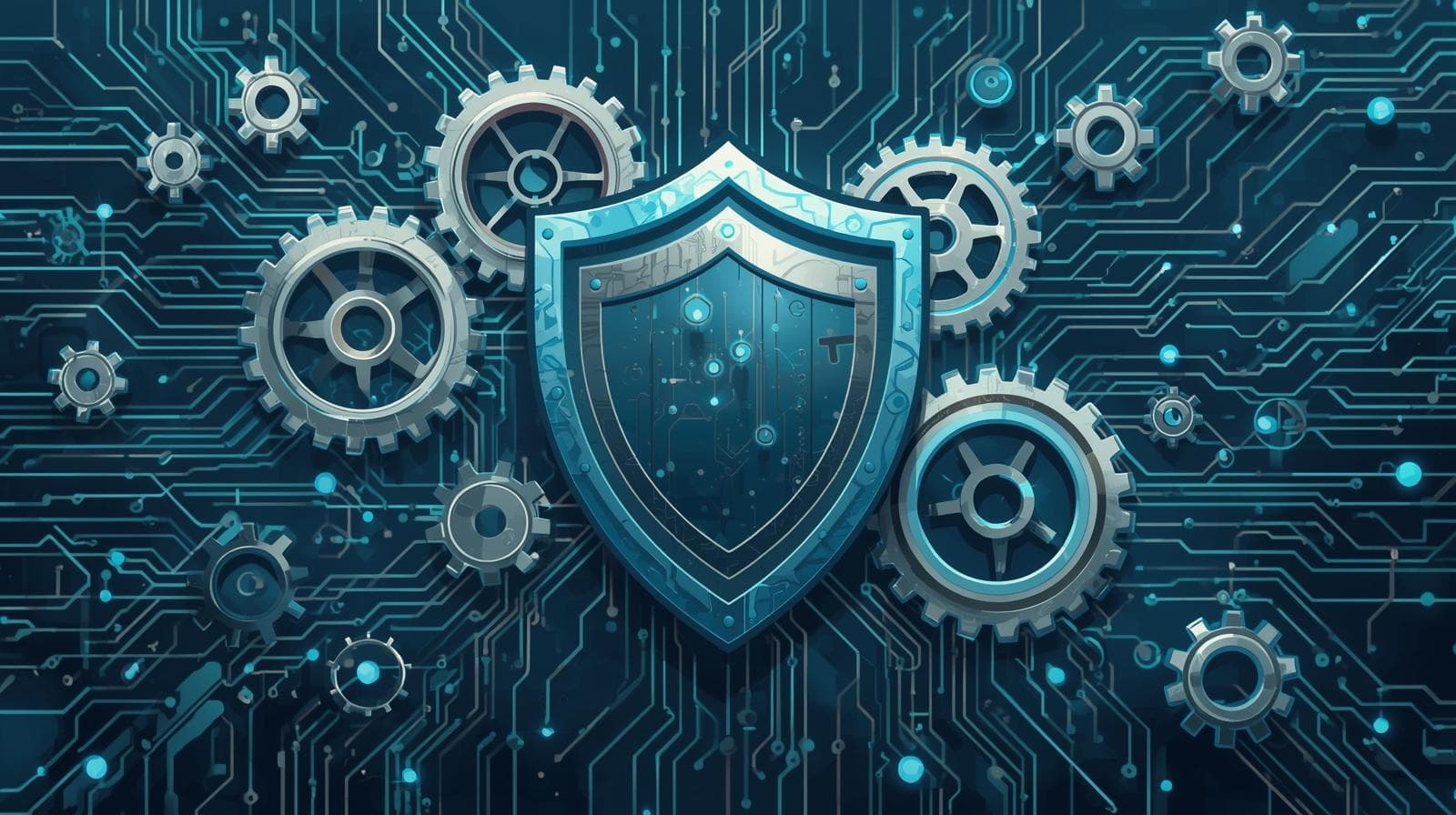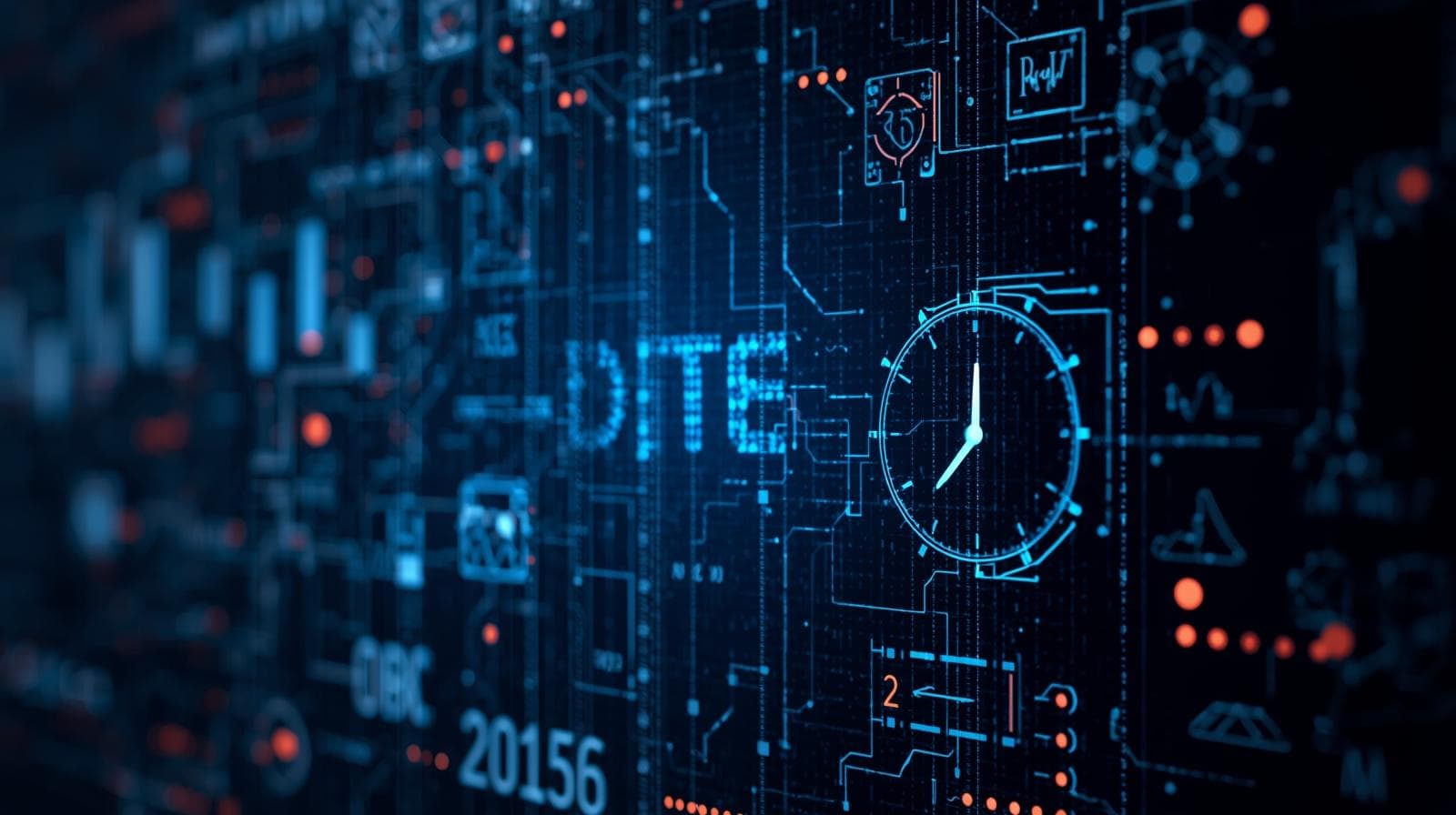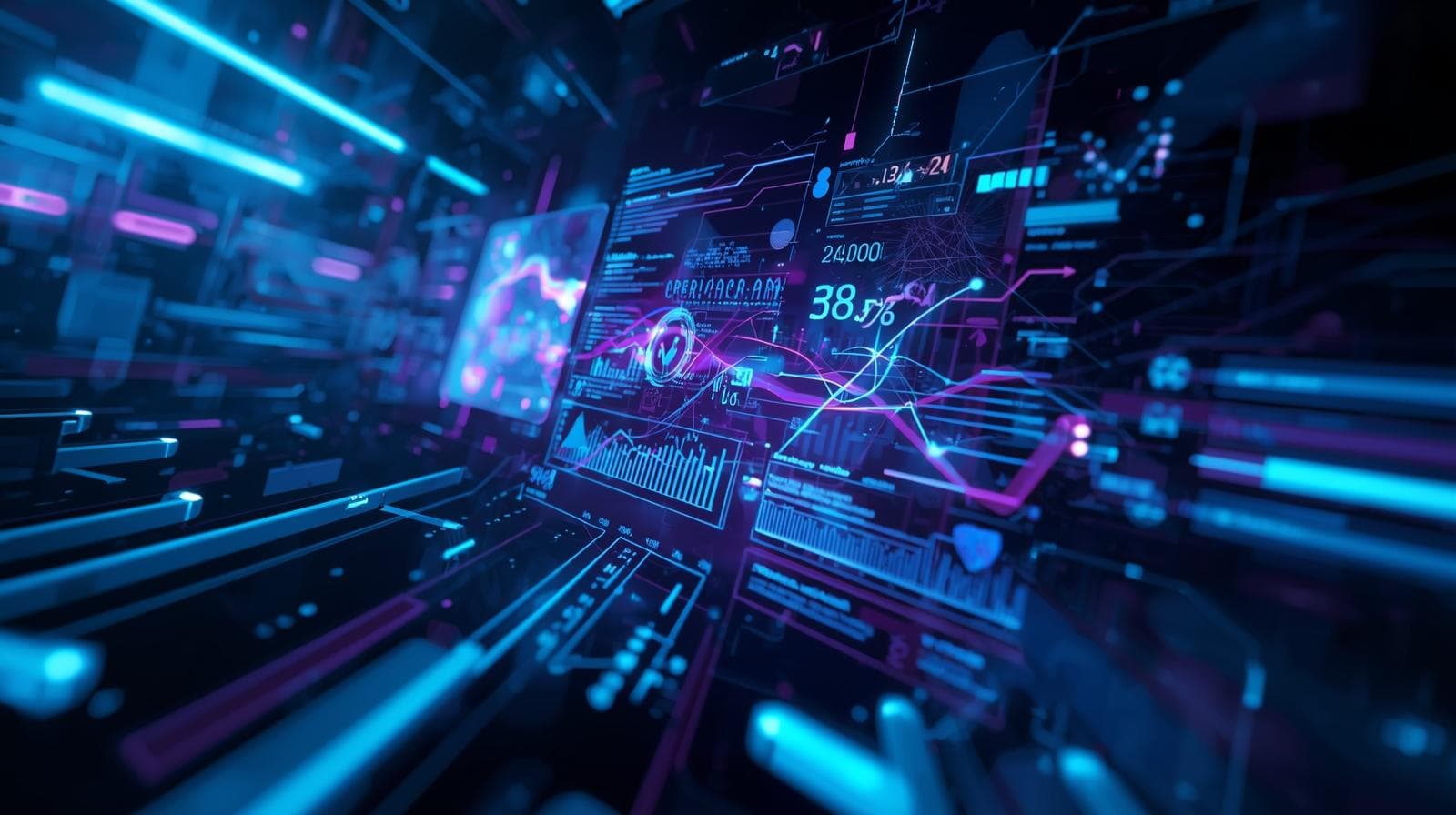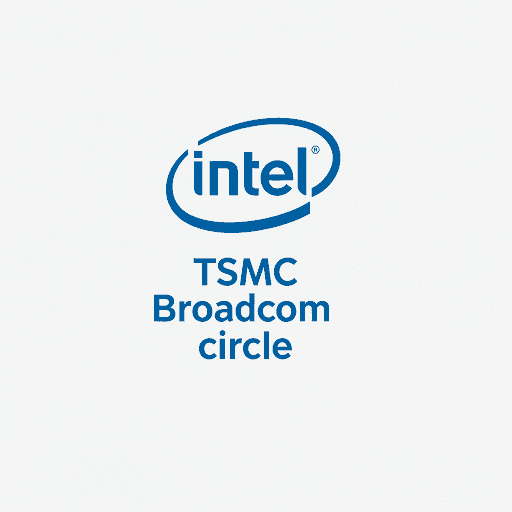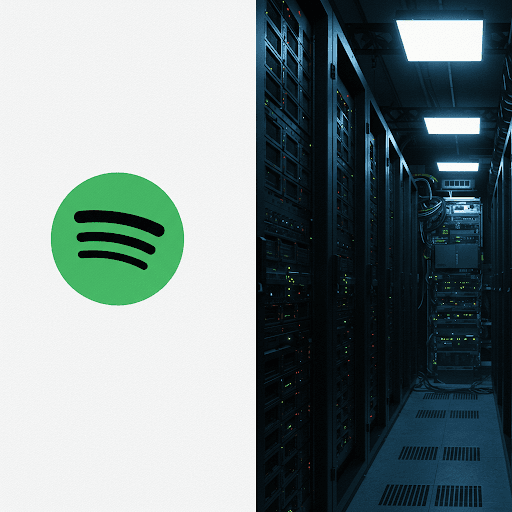How AI Will Change Education: A Deep Dive into Personalized Learning & The Future Classroom
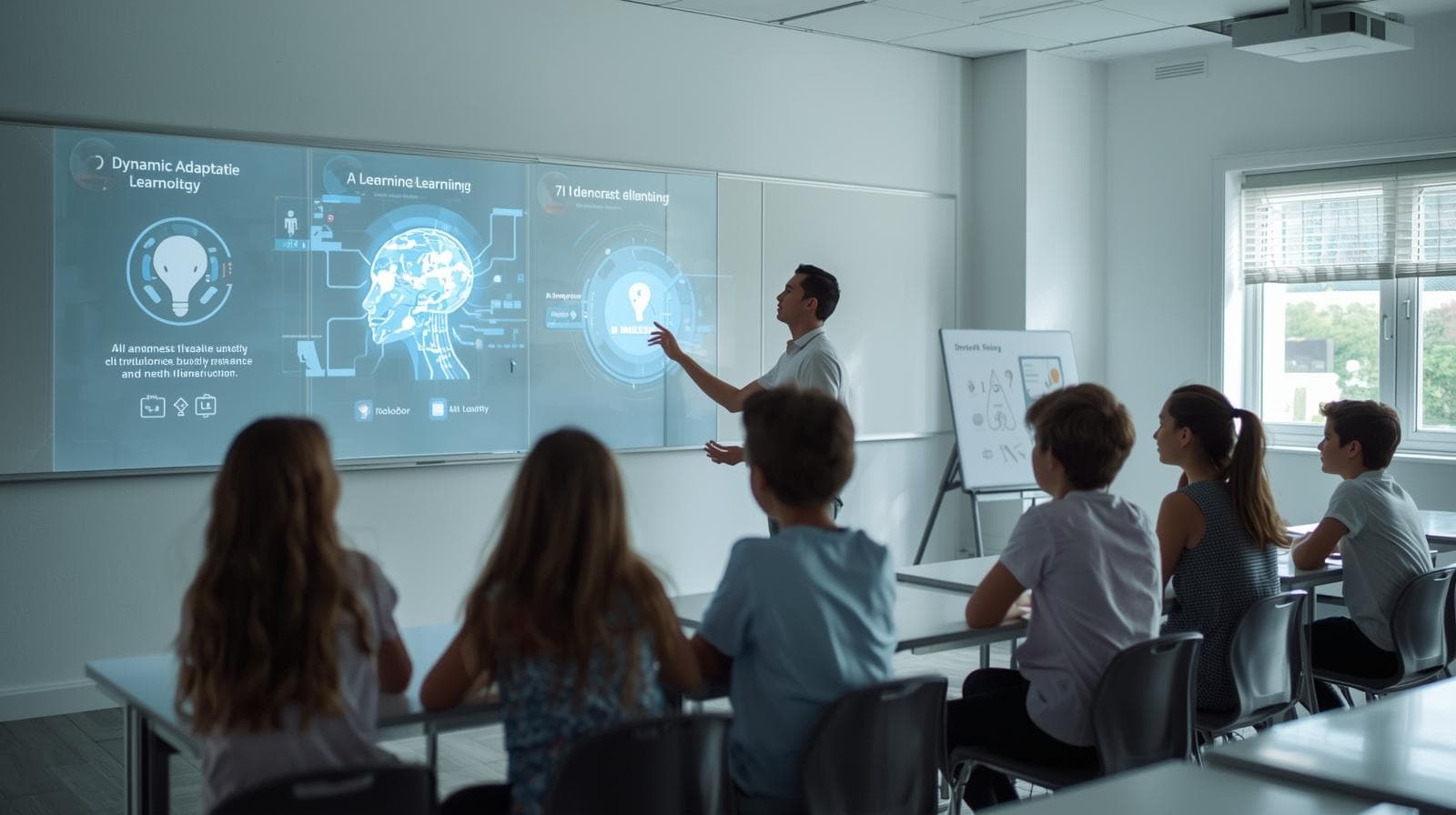
Explore how AI is transforming education. From personalized learning paths to automated grading, discover real-world use cases, benefits, challenges, and the future of learning. Ready for the change? Learn in-demand tech skills at CoderCrafter.in.
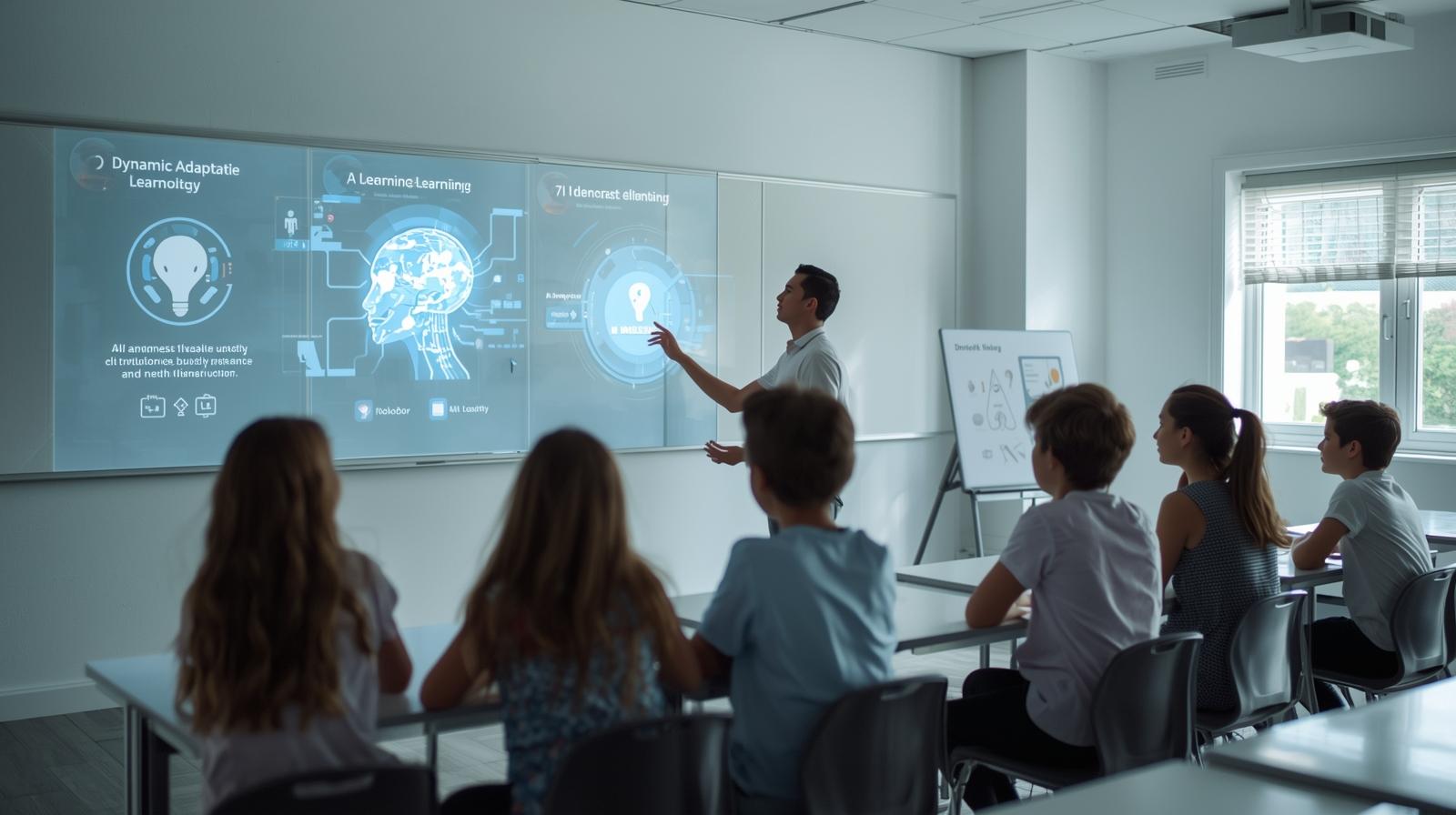
How AI Will Change Education: A Deep Dive into Personalized Learning & The Future Classroom
The Classroom of Tomorrow: How AI is Set to Revolutionize Education Forever
Remember the classic classroom: rows of desks, a teacher at the blackboard, a one-size-fits-all textbook, and the relentless march of the curriculum, leaving some students bored and others hopelessly behind?
That model is on its way out.
We’re standing at the brink of the most significant transformation in education since the invention of the printing press. The catalyst? Artificial Intelligence, or AI.
It sounds like science fiction, but it's rapidly becoming science fact. AI isn't about replacing teachers with robots; it's about empowering educators and creating deeply personalized, accessible, and effective learning experiences for every single student.
In this deep dive, we'll move beyond the hype and explore the tangible, groundbreaking ways AI is changing education systems. We'll look at definitions, real-world examples, the challenges we must overcome, and what the future classroom might truly look like.
What Do We Mean by "AI in Education"?
Before we jump in, let's demystify the term. Artificial Intelligence (AI) in education, often called "AIEd," refers to the use of AI technologies to facilitate, personalize, and streamline the process of learning and teaching.
Think of it less like a robot overlord and more like an incredibly attentive, data-literate assistant. This assistant can:
Process Information: Understand natural language (like your questions in an essay).
Recognize Patterns: Spot trends in a student's performance over time.
Predict Outcomes: Identify if a student is at risk of falling behind.
Adapt and Respond: Change the difficulty of questions or suggest new resources based on a student's progress.
At its core, AI in education is about moving from a standardized system to a personalized learning ecosystem.
The Core Shifts: How AI is Reshaping the Learning Experience
The integration of AI isn't a single change but a series of seismic shifts across the entire educational landscape.
1. Hyper-Personalized Learning Paths
This is the heart of the AI education revolution. Instead of every student in a class reading the same chapter and doing the same problems, AI algorithms can create a unique journey for each learner.
How it works: As a student interacts with an AI-powered learning platform, the system continuously assesses their knowledge, pace, and learning style. It analyzes what they get right, what they struggle with, and how long they take.
Real-World Use Case: Platforms like Knewton or DreamBox use adaptive learning technology. If a 5th-grade student aces all their fraction problems but consistently stumbles on decimals, the system will automatically provide more challenging fraction work while serving up foundational lessons and practice problems on decimals. It meets the student exactly where they are.
The Benefit: No more boredom for advanced students and no more frustration for those who need more time. Learning becomes a custom-fit suit, not a one-size-fits-all garment.
2. The Rise of Intelligent Tutoring Systems
What if every student had access to a private tutor, 24/7? AI is making this a reality.
How it works: These are AI systems that provide students with immediate, customized instruction and feedback. Unlike a simple multiple-choice quiz, an intelligent tutor can understand a student's open-ended response, identify the flaw in their logic, and guide them toward the correct answer with hints and explanations.
Real-World Use Case: Carnegie Learning's MATHia software is a prime example. It doesn't just give the right answer; it coaches students through math problems step-by-step, offering feedback in real-time, much like a human tutor would.
The Benefit: It provides scalable, individualized support, ensuring students don't practice mistakes and solidify misunderstandings.
3. Automating the Administrative Load
Teachers enter the profession to teach, not to spend hours grading stacks of paperwork. AI can handle the repetitive, time-consuming tasks that eat into a teacher's day.
How it works: AI-powered tools can automatically grade not just multiple-choice tests, but also essays and short written answers using Natural Language Processing (NLP). They can assess grammar, structure, and even the relevance of the content to the prompt.
Real-World Use Case: Tools like Gradescope allow teachers to streamline the grading of assignments and exams. AI helps group similar answers, ensuring consistency. It can also handle administrative scheduling and communication with parents.
The Benefit: This gives teachers the most precious resource of all: time. Time to plan more engaging lessons, provide one-on-one support to struggling students, and focus on the human elements of teaching that machines cannot replicate.
4. Powering Data-Driven Insights for Educators
AI acts as a powerful analytics engine for the classroom. It can process vast amounts of data to give teachers unprecedented insights into student performance.
How it works: The AI system can flag students who are at risk of failing a course long before the final exam. It can identify specific concepts that the entire class is struggling with, allowing the teacher to revisit that topic.
Real-World Use Case: Learning management systems (LMS) like Canvas and Blackboard are increasingly integrating AI analytics. A teacher might get an alert: "Student A has spent 3 hours on Module 4 but quiz scores are declining, suggesting they may be stuck." Or, "70% of the class answered Question 5 incorrectly, indicating a need for a class-wide review."
The Benefit: Teachers move from reactive to proactive. They can intervene early and tailor their instruction based on hard data, not just intuition.
5. Making Education Universally Accessible
AI has the profound potential to break down barriers for students with disabilities and those who speak different languages.
How it works:
For visually impaired students: AI-powered tools can describe images aloud or read text from a screen with advanced text-to-speech.
For hearing-impaired students: Real-time speech-to-text transcription can provide accurate captions for lectures.
For language learners: AI translation tools can provide instant, contextual translations of learning materials, and speech recognition can help them practice pronunciation.
Real-World Use Case: Microsoft's Immersive Reader is a fantastic tool that uses AI to improve reading comprehension for everyone, including those with dyslexia, by offering features like text decoding, line focus, and picture dictionaries.
The Benefit: It creates a more inclusive and equitable learning environment where every student has the tools they need to succeed.
Best Practices for Integrating AI in Education
This transformation won't happen by simply buying software. It requires a thoughtful strategy.
AI as an Assistant, Not a Replacement: The most crucial principle. AI should augment the role of the teacher, not replace it. The human connection, empathy, and mentorship a teacher provides are irreplaceable.
Prioritize Data Privacy and Security: AI systems run on data. Schools and ed-tech companies must be transparent about what data is collected, how it's used, and how it's protected. Student data is incredibly sensitive and must be treated as such.
Focus on Teacher Training (Professional Development): You can't just hand a teacher an AI tool and expect them to use it effectively. Comprehensive training is needed to help educators understand how to interpret AI-generated data and integrate these tools seamlessly into their pedagogy.
Ensure Equity of Access: There's a risk of creating a "digital divide" where only wealthy schools have access to advanced AI tools. Efforts must be made at institutional and governmental levels to ensure all students benefit from this technological shift.
Maintain a Human-in-the-Loop: Especially for critical feedback and high-stakes assessments, a human teacher must always be in the loop to provide context, nuance, and emotional intelligence that AI lacks.
The Challenges and Ethical Considerations
The path forward isn't without its bumps. We must be mindful of:
Algorithmic Bias: AI is trained on data, and if that data contains human biases, the AI will perpetuate them. We must vigilantly audit algorithms to ensure they don't disadvantage certain student groups.
The "Black Box" Problem: Sometimes, it's difficult to understand why an AI made a particular recommendation. In education, we need explainable AI so teachers and students can trust and understand the feedback.
Over-Reliance on Technology: The goal is balance. We cannot let screens and algorithms completely replace human interaction, play, and the messy, beautiful process of collaborative learning.
FAQs About AI in Education
Q1: Will AI replace teachers?
A: Absolutely not. AI will automate administrative tasks and provide data, but the role of the teacher will evolve into that of a facilitator, mentor, and coach. They will use AI-driven insights to guide their interactions, providing the empathy, motivation, and big-picture guidance that a machine cannot.
Q2: Is AI in education safe for my child's data?
A: This is a valid concern. It's crucial to use reputable platforms that are transparent about their data privacy policies and comply with regulations like FERPA (in the U.S.) and GDPR (in Europe). Parents and schools should always ask these questions before adopting a new tool.
Q3: How can we afford these AI technologies in public schools?
A: Cost is a significant barrier. The solution likely lies in a combination of government funding, grants, and the development of more open-source and freemium AI tools that make the technology more accessible.
Q4: What skills will students need in an AI-driven world?
A: This is the million-dollar question. While AI can handle routine tasks and information retrieval, the future will prize uniquely human skills:
Critical Thinking & Problem-Solving: Analyzing AI recommendations and solving complex, novel problems.
Creativity & Innovation: Thinking outside the box that the AI operates within.
Collaboration & Communication: Working effectively in teams.
Emotional Intelligence: Understanding and managing human emotions.
This is precisely why the focus of education must shift from rote memorization to fostering these durable, human-centric skills. Speaking of future-proof skills, for those looking to not just understand but also build the technology of tomorrow, a strong foundation is key. To learn professional software development courses such as Python Programming, Full Stack Development, and MERN Stack, visit and enroll today at codercrafter.in. Understanding the principles behind AI will be a massive advantage in the coming decades.
Conclusion: A Collaborative Future
The future of education is not a cold, robotic dystopia. It's a vibrant, dynamic, and highly effective partnership between human educators and artificial intelligence.
AI will handle the repetitive, the analytical, and the standardized, freeing up teachers to do what they do best: inspire, connect, and challenge their students. It promises a world where a student's potential is never limited by the constraints of a standardized system, but is instead nurtured and accelerated by a learning journey crafted just for them.
The change is coming. It's our responsibility—educators, parents, policymakers, and technologists—to guide this transformation with wisdom, ethics, and a unwavering focus on the ultimate goal: unlocking every learner's potential.
Ready to be part of the future? The tools to build it start with code. Explore our project-based, industry-aligned courses at CoderCrafter.in and start your journey today.
